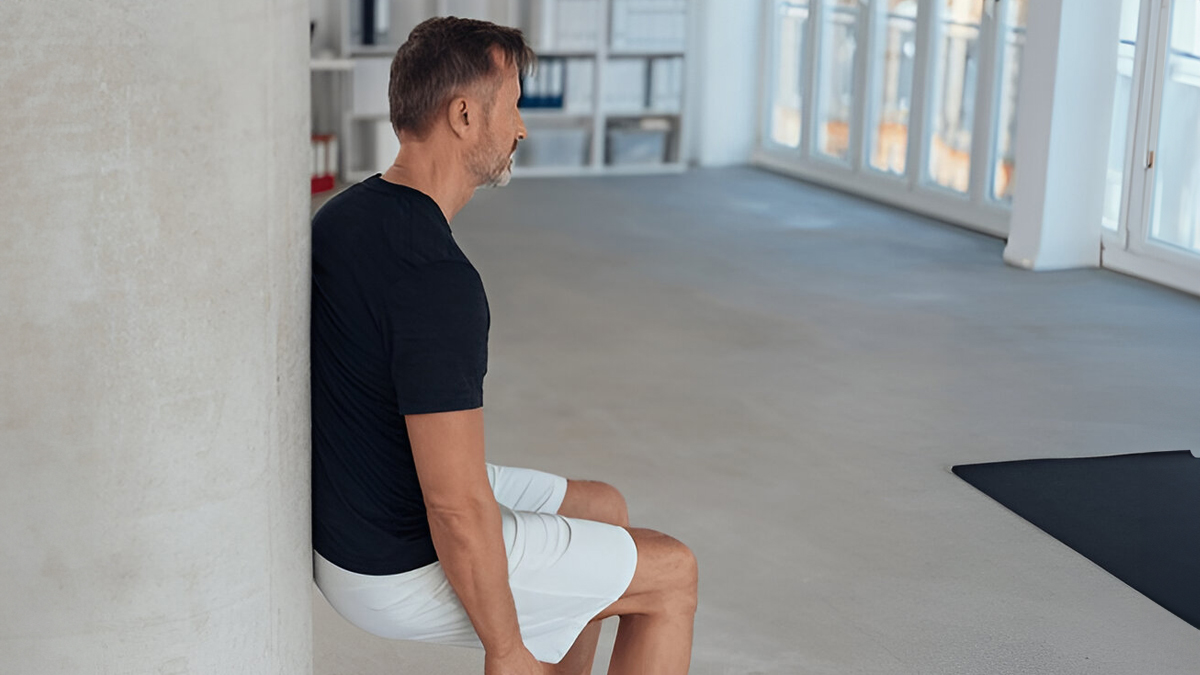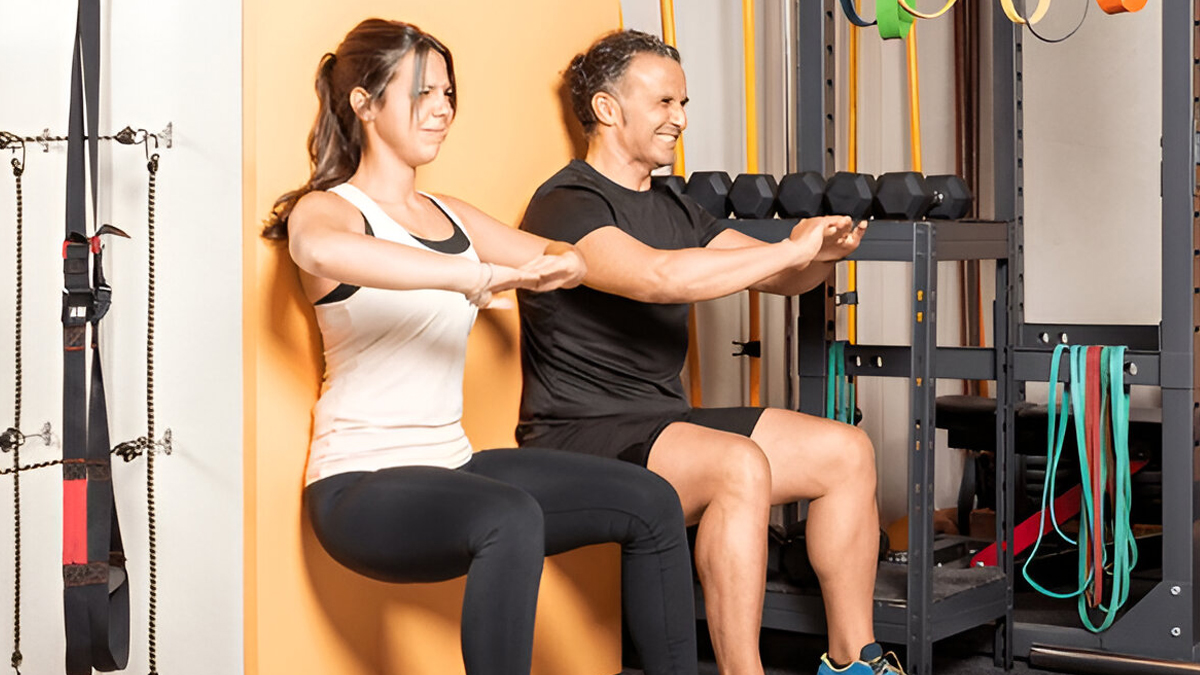
High blood pressure, also known as hypertension, is one of the most common health conditions worldwide. If left unmanaged, it can increase the risk of heart disease, stroke, and kidney problems. While medication plays a crucial role for many patients, research suggests that certain forms of exercise can also help improve blood pressure control. One surprisingly simple yet effective option is the wall sit — a two-minute isometric exercise that may help reduce hypertension when practised regularly.
Table of Content:-
Also Read: Benefits Of Wall Squats For Weight Loss: 5 Reasons Why You Should Do It Regularly
How Does Wall Sit Lower Blood Pressure?

Wall sits are a type of isometric exercise, which involves contracting muscles without moving the joints. Studies have found that isometric exercises like wall sits can improve the flexibility of blood vessels, helping them dilate more easily and thus reducing blood pressure.
A recent review of 270 trials with over 15,800 people found that all exercise types help lower blood pressure, but isometric moves like wall sits work best. On average, they cut systolic readings by 8 mm Hg and diastolic by 4 mm Hg, which is more than aerobic, resistance, or interval training.
When you perform a wall sit, your muscles, especially the quadriceps, hamstrings, and glutes, remain under constant tension. This sustained contraction triggers physiological responses that can lead to lower resting blood pressure over time. Researchers believe that isometric exercises help the walls of the arteries relax, which improves circulation and lowers the strain on the heart.
How To Perform A Wall Sit?

You don’t need any equipment to do a wall sit, making it one of the easiest exercises to include in your daily routine.
Here’s a step-by-step guide:
Step 1: Find a wall with enough space for you to lean against.
Step 2: Stand with your back against the wall and feet shoulder-width apart, about 2 feet away from the wall.
Step 3: Slide down the wall until your knees are bent at a 90-degree angle, as if you are sitting in an invisible chair.
Step 4: Keep your back flat against the wall and your knees directly above your ankles.
Step 5: Hold the position for 2 minutes (or start with 20–30 seconds if you are a beginner and gradually increase).
Step 6: Stand up slowly to avoid dizziness.
Also Read: 5 Easy Wall Exercises To Tone Your Body: Anyone Can Do Them!
Safety Measures While Performing Wall Sit
While wall sits are generally safe, it’s important to follow a few precautions, especially if you have underlying health conditions:
- Avoid locking your knees — this can strain the joints.
- Do not hold your breath — breathe steadily throughout the exercise.
- If you have knee problems, reduce the bend angle or consult a physiotherapist before starting.
- Stop immediately if you feel pain, lightheadedness, or excessive discomfort.
- People with uncontrolled high blood pressure or heart disease should check with their doctor before beginning any new exercise routine.
Other Lifestyle Measures To Lower Blood Pressure

While the wall sit is a great addition to your daily habits, it should be part of a holistic approach to blood pressure management. Some additional steps include:
- Eat a balanced diet rich in fruits, vegetables, whole grains, and lean proteins.
- Reduce salt intake to limit fluid retention and ease strain on the heart.
- Stay physically active with regular walking, cycling, or swimming.
- Manage stress through meditation, yoga, or deep breathing exercises.
- Limit alcohol and avoid smoking to improve heart health.
- Maintain a healthy weight, as excess weight can make it harder to control blood pressure.
Conclusion
The wall sit might seem too simple to make a difference, but science suggests it can be a powerful tool for lowering blood pressure when done consistently. By spending just two minutes a day against the wall, you can give your heart and blood vessels a workout without breaking a sweat — literally. If you combine this easy exercise with healthy lifestyle habits, you’ll be taking a big step toward better blood pressure control and overall cardiovascular health.
Also watch this video
How we keep this article up to date:
We work with experts and keep a close eye on the latest in health and wellness. Whenever there is a new research or helpful information, we update our articles with accurate and useful advice.
Current Version
